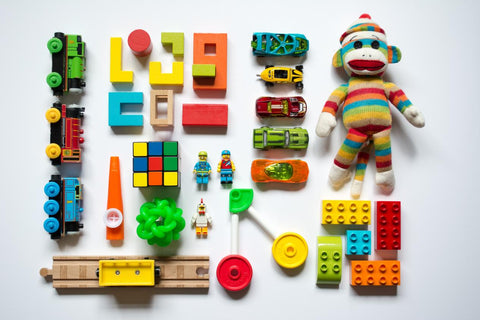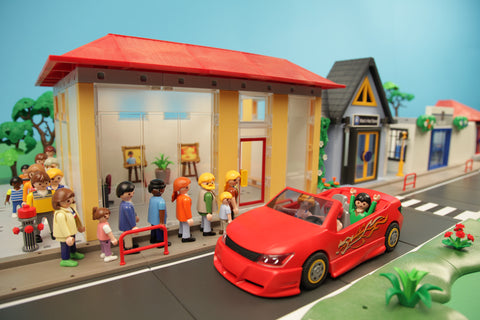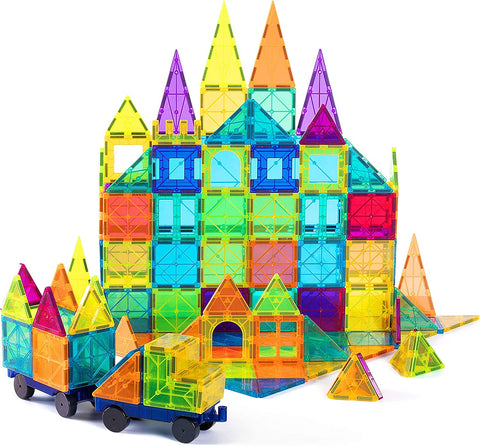
How Educational Toys Influence Children’s Language Development
Most parents want their children to have every opportunity to succeed in life, and one of the best ways to give them a head start is through educational toys. By stimulating their minds and teaching them basic concepts, these toys can help children develop essential skills that will serve them well throughout their lives. In this article, we'll take a look at how these kind of toys influence children's language growing.

What are educational toys?
There is no one answer to this question as learning toys can come in many different forms. Some plaything are designed to help children learn basic academic skills such as math, reading, and writing. Others are created to encourage children to explore their creativity and imagination. And still, others are meant to teach children about the world around them, such as different cultures or environmental issues.
No matter what form they take, instructive toys can have a profound impact on a child's development. They can help children learn new skills and knowledge, and they can also help children develop important life skills such as critical thinking, problem-solving, and collaboration. Additionally, playing with teaching toys can be a fun and enjoyable experience for children, which can help them develop a positive attitude towards learning.
Why educational toys influence children’s language development?
It is widely believed that children learn best through play. This is because play allows children to explore, experiment, and use their imagination which all help promote learning.
One way is by providing opportunities for children to practice their communication skills. For example, when children play with dolls, they can give them commands or have conversations with them. This helps children learn how to form sentences and improve their vocabulary.
Another way is by exposing children to new words and phrases. For example, when children play with building blocks they are exposed to words such as “up”, “down”, “on”, and “under”. As they play with the blocks and use these words they are also learning their meaning which helps expand their vocabulary. Exposing children to new words and phrases not only helps them learn the meanings of these words but it also helps them learn how to use them in sentences.
What toys can support children’s language cultivation?
l Lifestyle Toys
Toys are made to imitate objects in life. For instancedolls, houses, furniture, cooking utensils, various vehicles, etc. These toys can be used when children play role-play. In role-play, children mainly use language to express the plot and content of the game, thus promoting their language acquisition.

l Buildable Toys
Including large, medium, and small sets of letters composed of basic geometric shapes, a variety of basic, magnetic tiles, etc. Children can use these toys for a variety of construction activities. Such as putting together houses, furniture, vehicles, etc. In the construction activities, parents can consciously develop the child's language, you can let the child say the object to be constructed, tell the process and method of building. This can help improving the child's oral expression skills.

l Flash Card
They are sets of cards with daily necessities, transportation, vegetables, fruits, animals, plants, etc. These toys can be used for children to carry out matching, comparison, and other game activities. For example, in the matching game: Shuffle pictures of different categories, draw cards in sequence, let child draw pictures of the same type and put them aside. Then, speak out the names or basic characteristics of the objects in the pictures. This kind of game activity can not only help children recognize things but also help to develop children's ability to compare, classify and speak.
Conclusion
While there are many toys that can help improving a child’s language skills, it is also important for parents to accompany and guide them. Cossy hope that our Magnetic Building Tiles will assist in fostering children's language development and provide some new ideas to you to try at home with your child!
